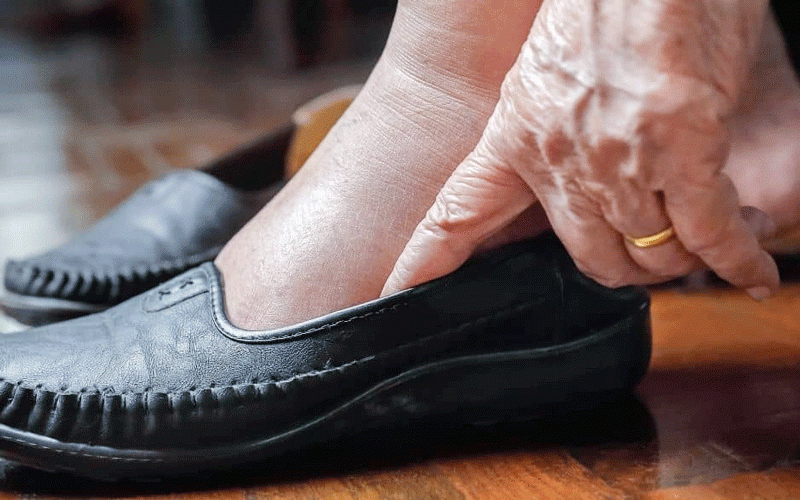
A baseline survey carried out by Zimbabwe Business Council on Aids (ZBCA) on four local companies shows that there is extremely low usage of female condoms.
The report, which was released in October last year, says only a only few people interviewed said they had used the female condom before.
“Only 9% indicated to have used the female condom compared to 55% whom have used a male condom. The use of the female condom is almost non-existent in married couples,” read the report.
The report notes the use of condoms in general is affected by some negative attitudes and ignorance.“45% male employees indicated that the use of condoms reduces sexual pleasure while 34%, most of whom are married, indicated that it could be taken as a sign of infidelity,” says the report.
“For example, 33% of the married employees think it is not necessary to use a condom while 34% indicated that it could be substituted by other contraceptives.”
Zimbabwe ratified the Southern African Development Community (Sadc) Protocol on Gender and Development which requires that by 2015, all member states shall develop gender-sensitive strategies to prevent new infections from occurring, taking account of the unequal status of women compared to men.
The protocol states that due considerations need to be made to harmful practices and biological factors which have resulted in women constituting the majority of those infected and affected by HIV and Aids.
The Zimbabwe National HIV and Aids Strategic Plan (ZNASP) 2006-2010 emphasises the need to integrate gender into national HIV responses to ensure that all prevention strategies and programmes are gender sensitive and reduce the vulnerability of women and men.
- Chamisa under fire over US$120K donation
- Mavhunga puts DeMbare into Chibuku quarterfinals
- Pension funds bet on Cabora Bassa oilfields
- Councils defy govt fire tender directive
Keep Reading
Female condom empowers women, say experts
Experts say the female condom remains the only tool for HIV prevention that gives women control and choice over their sexual health.
Other experts criticised the survey saying it could be misleading considering that only four companies were visited. They said for such surveys to be credible, more companies must have been visited across the country.
There are different types of female condoms. The “old model” was made of plastic (polyurethane) while the second generation of the female condoms is made of synthetic nitrile and are said to make less noise during intercourse.
A recent version is made of latex, the same material used in male condoms.











